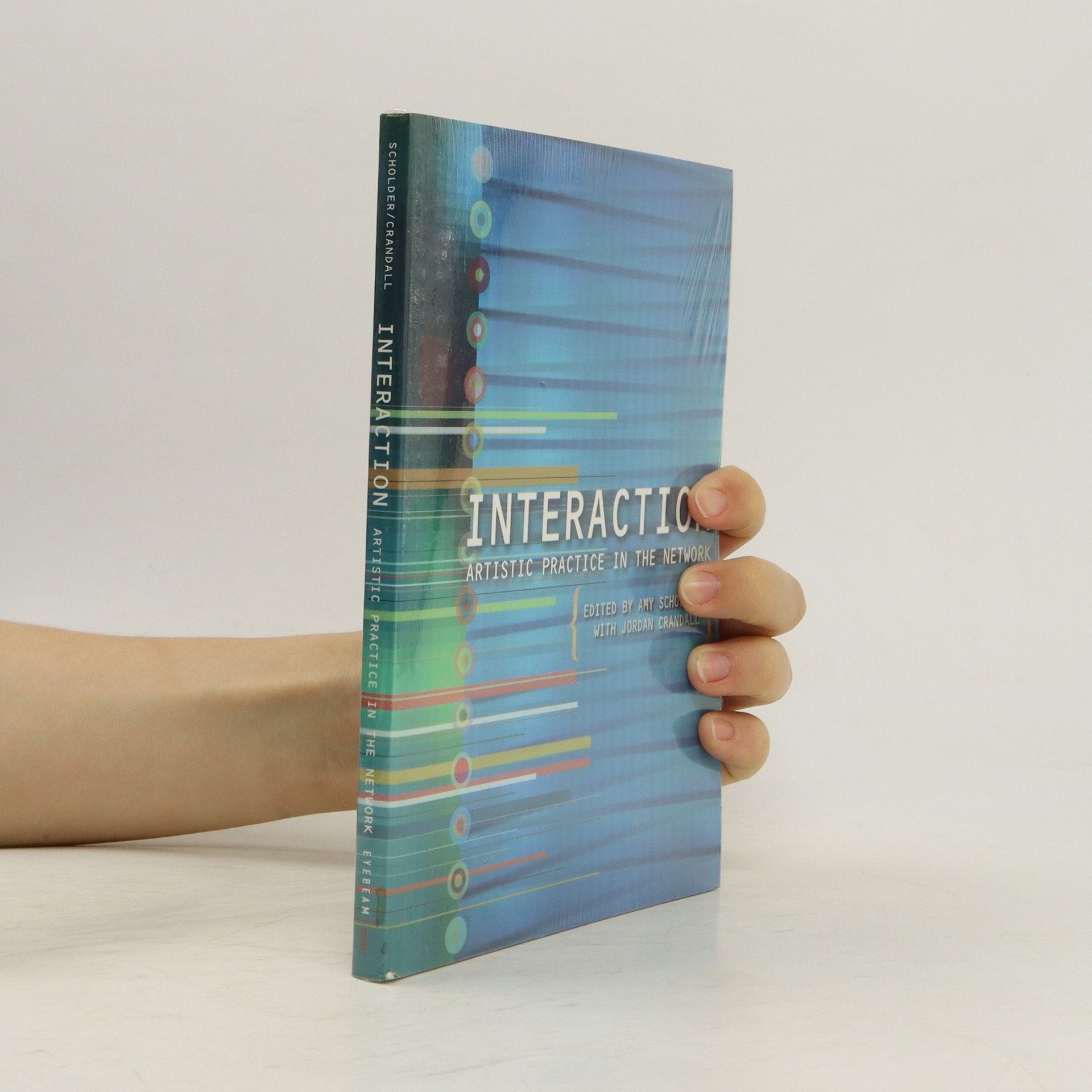Interaction
- 168pages
- 6 heures de lecture
INTERACTION began as online forum, hosted by Eyebeam Atelier, featuring an international group of artists, scholars, critics, architects, students, technicians, and curators. Discussing the transformations wrought by the Internet--particularly the latter's implications for artistic practices--the participants in this forum illustrate how the impassioned debates taking place on the Net can help forge new kinds of communities, discourses, and intimate connections across this most transitory of landscapes. This volume presents new essays and commissioned visual projects that elaborate on the crucial ideas raised in the forum--the new kinds of cultural identifications facilitated by the Internet; the relationship between art and activism; the poetics of online communication; the relevance of the museum in a digital world; and the complex relationships between bodies, information systems, and urban realities. What emerges is an unequivocal assertion of the continuing relevance of art in this era of increasing corporate colonization of the Web, changing critical strategies, and new questions of public and private space. Contributors to INTERACTION include Robert Atkins, Carlos Basualdo, Critical Art Ensemble, Coco Fusco, N. Katherine Hayles, Martin Jay, Knowbotic Research, Lev Manovich, Margaret Morse, Hans Ulrich Obrist, Saskia Sassen, Yukiko Shikata, and Gregory Ulmer.

